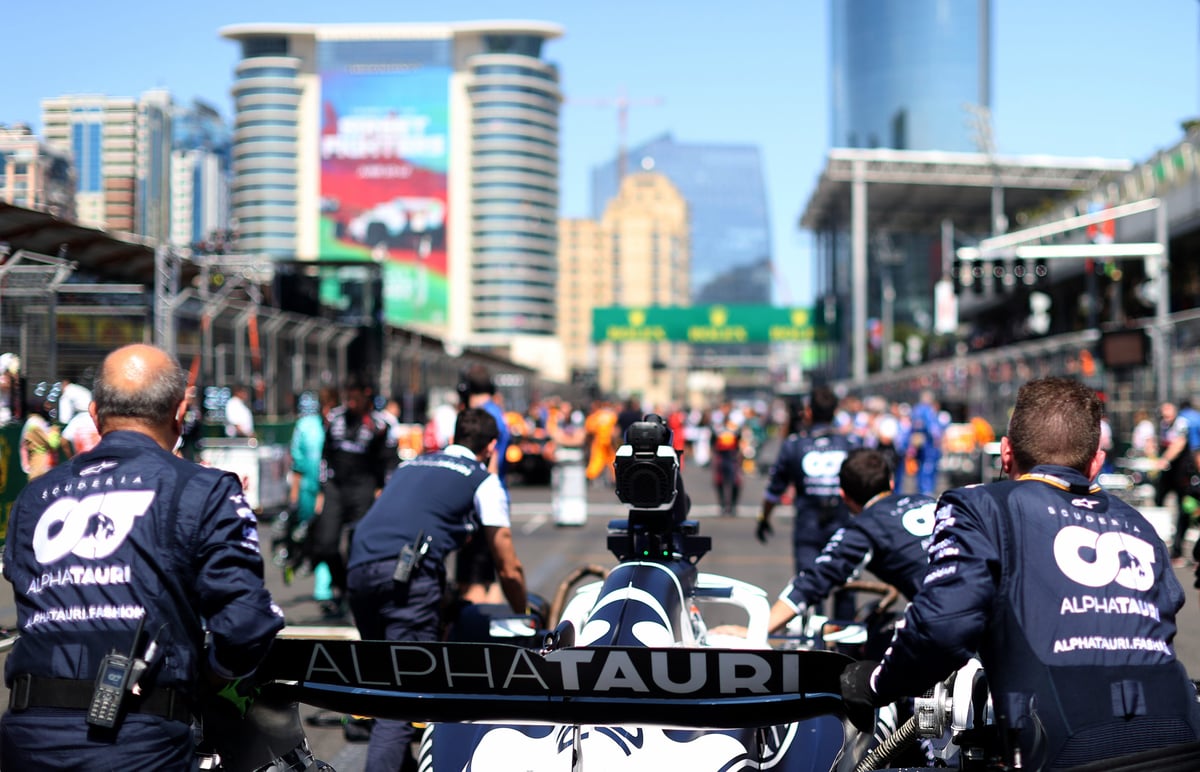The complaints and fan chatter have not gone unheard. In the wake of Baku, and following consultation with medical experts, the FIA has decided enough is enough. Now, the Formula 1 governing body will actually deliver a solution for the phenomenon of aerodynamic oscillations – commonly referred to as “porpoising” – experienced in the latest generation of race cars.
The issue, which has plagued the ongoing season since testing, received an unprecedented level of attention after the most recent Azerbaijan Grand Prix. Drivers sustained considerable neck and back pain while struggling in braking zones due to the sheer amount of bouncing.
RELATED: Lewis Hamilton Throws In The Towel For 2022 Season Title Fight
“When they had the massively heavy footballs and there was research done and analysis done that there were health consequences for these chaps who were heading the ball and things were changed,” said Mercedes’ George Russell.
“F1 is the centre of innovation, there’s no reason why we can’t find a scientific solution for this.”
Russell’s teammate and seven-time world champion – Sir Lewis Hamilton – punctuated the weekend with an unforgettable image. The British motorsport talent was captured in something of a state while climbing out of his W13.
“The compression, you’re sore and you feel you’re getting squeezed,” said McLaren’s Daniel Ricciardo.
“It’s also the frequency. It’s this shaking of the brain and the spine. I don’t think is good, long-term.
“Following the eighth round of this year’s FIA Formula One World Championship, during which the phenomenon of aerodynamic oscillations (“porpoising”) of the new generation of Formula 1 cars, and the effect of this during and after the race on the physical condition of the drivers was once again visible,” reads the official statement.
“The FIA – as the governing body of the sport – has decided that, in the interests of the safety, it is necessary to intervene to require that the teams make the necessary adjustments to reduce or to eliminate this phenomenon.”
What exactly will this look like?
As of this week, a Technical Directive has been issued to provide teams guidance about the measures the FIA intends to take. These include:
- Closer scrutiny of the planks and skids, both in terms of their design and the observed wear.
- The definition of a metric, based on the car’s vertical acceleration, that will give a quantitative limit for acceptable level of vertical oscillations. The exact mathematical formula for this metric is still being analysed by the FIA, and the Formula 1 teams have been invited to contribute to this process.

RELATED: Australian Grand Prix To Remain In Melbourne Until At Least 2035
“In addition to these short-term measures, the FIA will convene a technical meeting with the Teams in order to define measures that will reduce the propensity of cars to exhibit such phenomena in the medium term.”
“The FIA has concerns in relation to the immediate physical impact on the health of the drivers, a number of whom have reported back pain following recent events.”
Safe to say, spines across the grid are breathing a sigh of relief right about now.
















